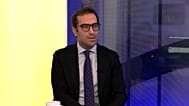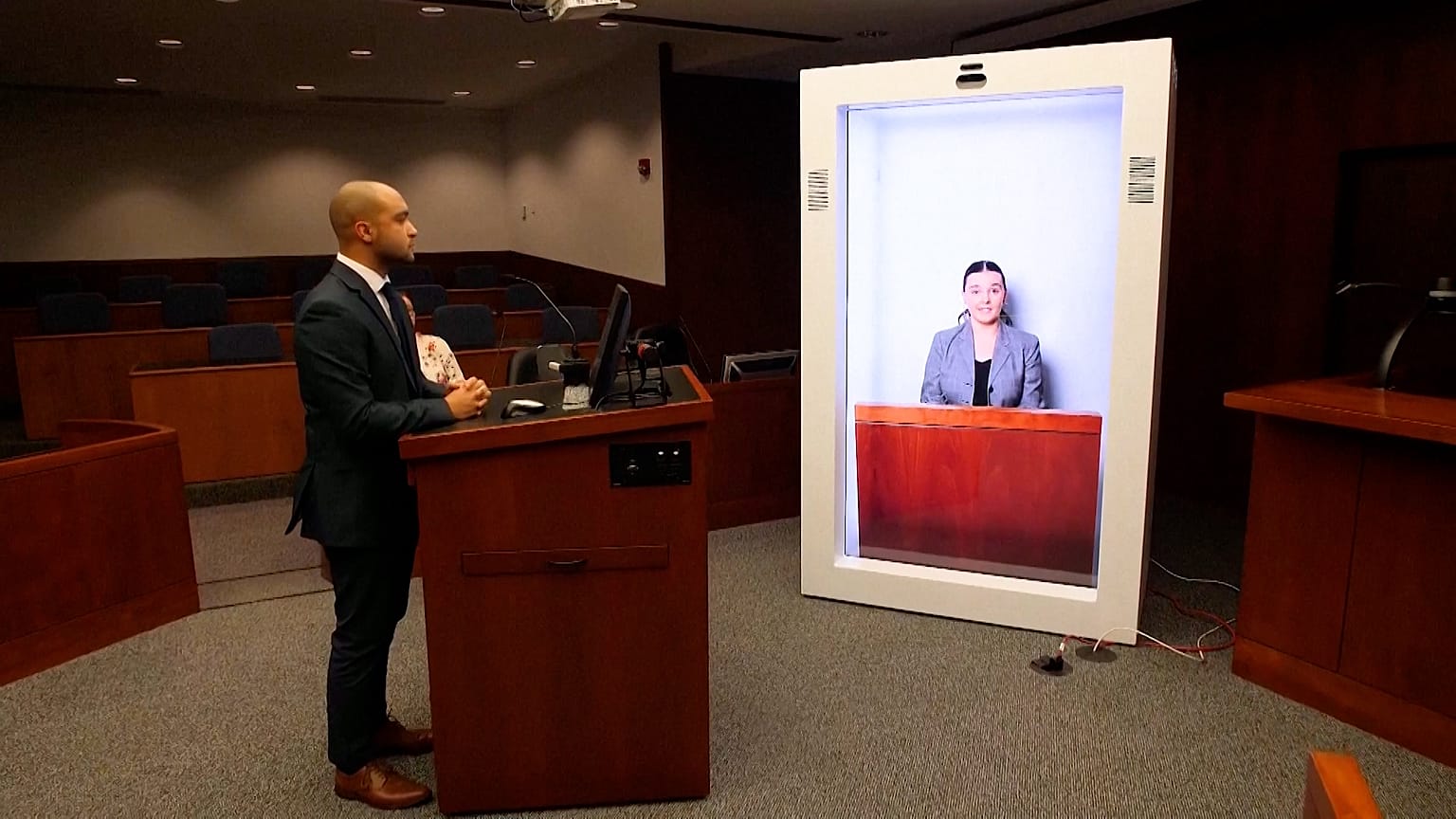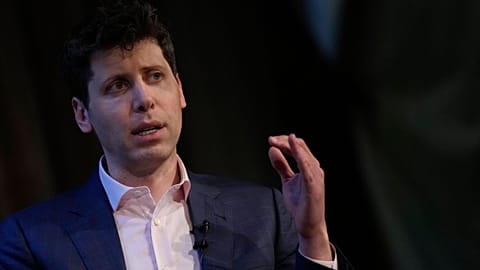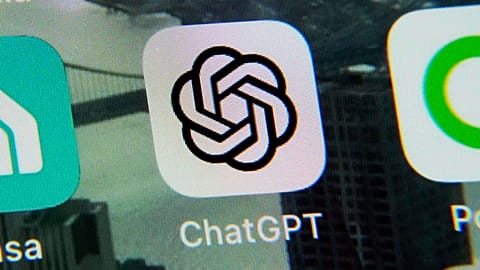Legal experts say the technology could be a “game-changer” if it can be used to replace low-quality video link testimonies.
In recent years, teachers, educators, celebrities and advertisers have been finding new ways to use holograms to make digital experiences more life-like and interactive.
Now, a courtroom in the US is exploring whether the novel technology can be a gamechanger for the legal profession as well.
A recent mock trial in the US, presided over by a real judge, called hologram witnesses to the stand in the hope that holograms could one day replace testimonies delivered via low-quality video links.
These remote testimonies can make it difficult for juries and judges to assess what legal experts term ‘demeanour evidence’.
“That means the ability of a judge or a juror to determine whether, for instance, a witness is telling the truth, in whole or in part. [It’s] really, really hard to do that on one of the standard video conferencing applications,” Frederic Lederer, the Director of the Centre for Legal and Court Technology and Legal Skills at William & Mary Law School, said.
“This allows you to pretty much do exactly what you'd be doing if that person were physically in the room. And that is the proverbial game changer,” Lederer added.
In partnership with California based hologram company, Proto Inc, The William & Mary’s Center for Legal and Court Technology has spent a number of months experimenting with hologram witnesses.
Proto Inc, facilitated the trial by providing a hologram device called an ‘Epic’ that carries a price tag of $65,000 (€60,000).
The unit is roughly the size of a phone booth and hologram witnesses appear as they would in a real courtroom, albeit behind a pane of glass and with a several second delay when responding to interlocutors.
“The capability to have remote holographic testimony is simply the latest and the ongoing adventure of how to use technology, how to advise judges, lawyers, administrators, lawyers and students about it and how we hope to improve the legal professions,” Lederer said.
Still, there remain some concerns about whether holograms will pass constitutional muster in criminal cases.
In the US, those facing criminal prosecution reserve the right to confront their accusers under the Confrontation Clause. The clause does not apply, however, to civil cases or other proceedings.
Some courts have allowed child witnesses to testify remotely in criminal cases but Lederer explains that the US Supreme Court has not clarified the matter for adult witnesses.
In addition to a somewhat prohibitive price tag, there are technological glitches to contend with.
The smooth functioning of the ‘Epic’ hologram device relies on a robust Internet connection and Lederer notes that they ran into some bandwidth issues during their experiments.
Despite these issues, Lederer remains confident that the technology can find its place in the courtoom.
“The capability to have remote holographic testimony is simply the latest and the ongoing adventure of how to use technology, how to advise judges, lawyers, administrators, and students about it and how we hope to improve the legal professions,” he said.
For more on this story, watch the video in the media player above.


















